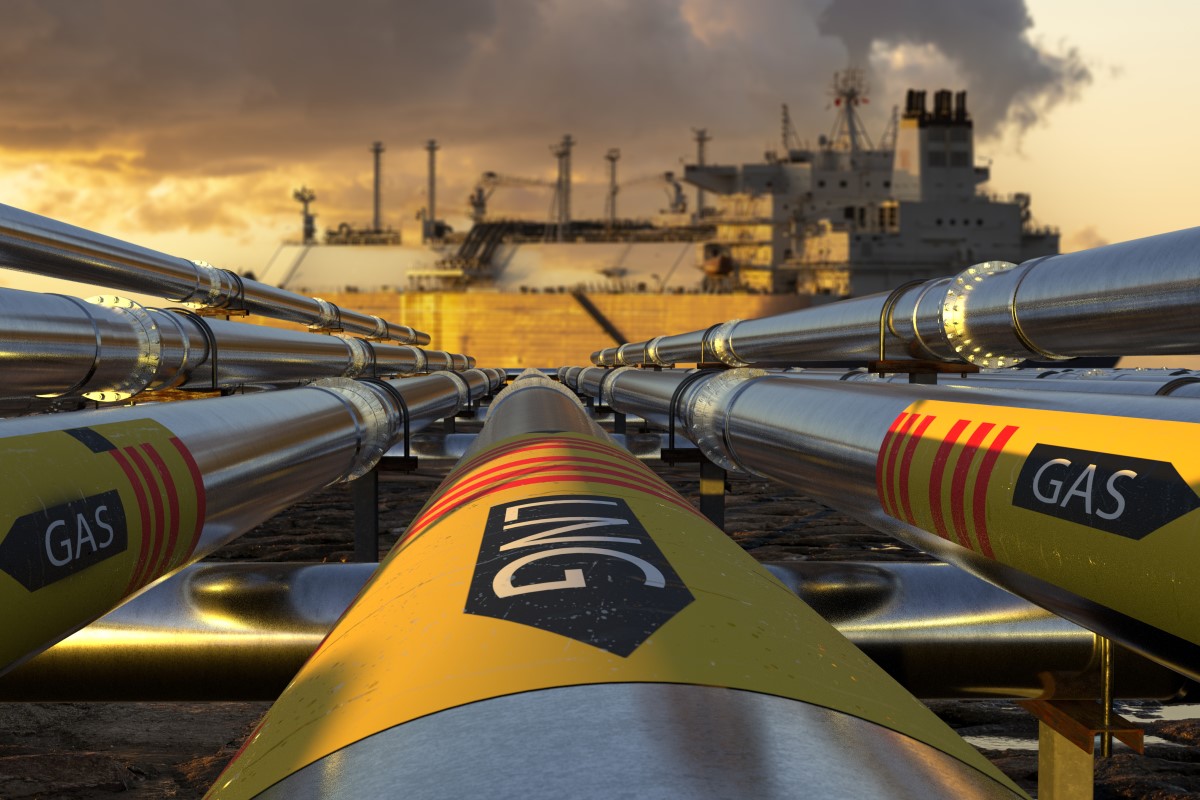After the 2011 earthquake, which caused a meltdown at the Fukushima nuclear reactor, Japan has been struggling to meet its energy needs. The country is highly dependent on energy imports and Japan LNG is one of the key fuels that is used to produce electricity in the country.
Over the past decade, Japan has been trying to move away from fossil fuels such as oil and gas with a focus on clean sources of energy. Currently, Japan is highly reliant on the oil it imports from the Middle East, and government data shows that 36% of the country’s electricity needs are met using LNG.
Where does Japan LNG supply come from?
Japan was the world’s largest buyer of LNG in the world over the past decade but was overtaken by China in 2021. However, LNG is a key commodity for the country as it is also used for heating and cooking in Japanese households. Last year, the country imported 36% of its LNG from Australia, followed by Malaysia, Qatar, and Russia, among others.
Russia accounted for less than 10% of Japan LNG supply, and the ongoing war has increased the voice around sourcing non-Russian gas, which is likely to put pressure on global gas prices.
Gas prices in Asia have skyrocketed this year, with Asia LNG spot prices hitting a record of over $59 per million British thermal units (mmBtu), up from less than $3 per mmBtu before the pandemic.
The biggest threat for Japan has been securing alternate supplies of Russian gas and working on a contingency plan. Russia recently took over the Sakhalin oil and gas project, in which Japan has a key stake.
Sakhalin-2, in which Mitsui & Co and Mitsubishi Corp have stakes, is key to Japan’s energy security and is the primary source of gas imported from Russia. Back in August, Japan’s JERA signed a deal with the new operator of Sakhalin-2 to ensure deliveries of LNG, but other buyers are still considering whether to continue doing business with Sakhalin-2.
Meanwhile, Sakhalin-1 has been termed as an important project for Japan due to the country’s billions of dollars of investment. Japan’s industry ministry owns 50% of Sakhalin Oil and Gas Development Co, a consortium of Japanese partners including private firms which has a 30% stake in Sakhalin-1.
Russian President Vladimir Putin recently issued a decree to establish a new operator for Sakhalin-1, and foreign partners will have one month to ask the Russian government for shares in the new entity.
For Japan, retaining long-term contracts with Sakhalin is key for energy security as buying LNG on the spot market has become expensive, mainly due to the yen’s depreciation to a 32-year low against the US dollar.
Alternative sources for LNG
The Japanese government has been urging importers to secure alternative supply sources for Russian LNG and prepare for a contingency if supply from Sakhalin dries up. To add to Japan’s troubles, LNG supply from Malaysia was disrupted after a pipeline leak forced Petronas to declare force majeure. Japanese buyers then started purchasing cargoes in the spot market to stock up for the upcoming winter, says S&P Global.
Late last month, Japan signed a memorandum of cooperation with Malaysia’s state-owned energy firm Petroliam Nasional Bhd (Petronas) to explore joint investments in gas exploration and production. The Malaysian state-owned energy firm said it would also allow Japan to utilize its LNG storage tanks in case of an emergency.
Petronas is already working with Tokyo Gas, Sumitomo Corp, and Japan Petroleum Exploration for energy supply.
After declaring the force majeure, the Japanese government demanded that Petronas secure alternative LNG to cover the loss of supply.
“We have made a strong request to the company [Petronas] from the government for a speedy restoration as well as to minimize the impact from the supply suspension through securing alternative supply for Japan,” Minister of Economy, Trade and Industry Yasutoshi Nishimura told a press conference in Tokyo.
Earlier in October, Japan tweaked its fuel law to enable a government-backed agency to procure LNG if the private sector is unable to secure supplies.
Meanwhile, Japanese buyers have been scrambling to enter deals with suppliers. Late last month Japan Inpex signed a deal with Indonesia’s PLN, and Pupuk Indonesia for long-term LNG supply from the Abadi project.
Japan’s Air Water is building an LNG plant in India to meet the domestic demand, the company is likely to invest $26.7 m in the project.
Papua New Guinea has offered Japanese companies access to new gas field development opportunities and LNG processing projects.
Additionally, Japan is offering loans for securing LNG supplies, with the first such public-private loan worth $900 m going to JERA.
Separately, the recent LNG summit in Tokyo saw Alaska’s $39 bn North Slope gas seeking investors and buyers so that shipments could reach Japanese shores.










 Australia
Australia China
China India
India Indonesia
Indonesia Japan
Japan Malaysia
Malaysia Philippines
Philippines Singapore
Singapore South Korea
South Korea Taiwan
Taiwan Thailand
Thailand Vietnam
Vietnam
 Germany
Germany Hong Kong
Hong Kong USA
USA Switzerland
Switzerland Singapore
Singapore








